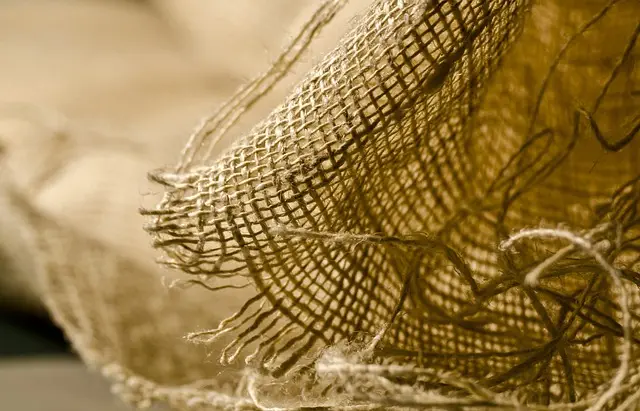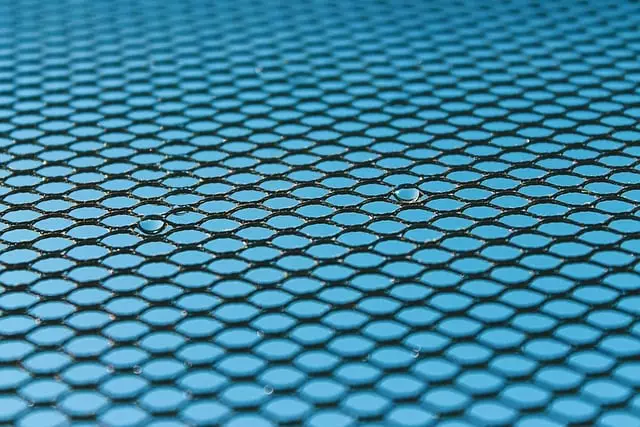Personalized workout routines tailored to individual physiology are key for managing muscle soreness, with a balanced regimen incorporating resistance training, cardio, and flexibility exercises. These workouts should be strategically spaced using periodization principles to prevent injury and manage stress. For recovery, kava, made from the Piper methysticum root, can be beneficial post-workout due to its potential to reduce muscle soreness and improve sleep quality. Active recovery, such as walking or cycling, promotes blood flow and aids in clearing metabolic waste, while dynamic stretching enhances flexibility, reduces tension, and encourages endorphin release for natural pain relief. The traditional practice of making kava complements these methods by providing a calming influence and supporting healing. This holistic approach to recovery not only alleviates immediate discomfort but also contributes to long-term muscle health and fitness routine adherence, with the caveat that individuals should consult healthcare professionals for safe and effective kava dosages due to personal sensitivities and potential interactions with other substances. By integrating making kava into a fitness routine, one can experience improved recovery, relaxation, and overall well-being, aligning with modern health practices that incorporate traditional remedies.
Embarking on a fitness journey can often lead to muscle soreness, a common challenge that many encounter. This article delves into tailored workout strategies designed to alleviate such discomfort. We’ll explore the intricacies of crafting personalized routines that consider individual needs and the importance of active recovery through stretching exercises. Additionally, we’ll investigate the potential benefits of integrating kava consumption as a natural remedy for muscle soreness relief. By understanding these approaches, you can maintain an active lifestyle with minimal discomfort. Making kava part of your regimen may offer a compelling alternative to traditional pain management methods.
- Crafting Personalized Workout Routines to Mitigate Muscle Soreness
- The Role of Active Recovery and Stretching Exercises for Sore Muscles
- Integrating Kava Consumption for Natural Muscle Soreness Relief
Crafting Personalized Workout Routines to Mitigate Muscle Soreness

When addressing muscle soreness through personalized workout routines, it’s crucial to tailor exercises to each individual’s unique physiology and condition. A key approach in crafting such routines is incorporating a balance of resistance training, cardiovascular activity, and flexibility work, all of which can contribute to robust muscle recovery. For those experiencing muscle soreness, particularly after intensely working out, integrating restorative practices like making kava into the post-workout regimen can be beneficial. Kava, a beverage made from the root of Piper methysticum, has been traditionally used in some cultures for its relaxing and analgesic properties, which may aid in alleviating muscle soreness and promoting better sleep quality, both of which are vital for recovery. Additionally, it’s important to space out workout sessions strategically, allowing adequate time for muscle groups to recover between training them intensely. This periodization approach not only mitigates the risk of injury but also helps in managing the physiological stress placed on the body, ensuring that each workout contributes positively to overall fitness without overtaxing the muscles. By personalizing these elements—exercise selection, intensity, volume, and recovery—individuals can effectively manage muscle soreness and enhance their fitness journey.
The Role of Active Recovery and Stretching Exercises for Sore Muscles

When muscles experience intense soreness, often due to rigorous exercise or unaccustomed activities, incorporating active recovery and stretching exercises can play a pivotal role in alleviating discomfort. Active recovery involves engaging in low-intensity exercises that promote blood flow and aid in the removal of metabolic waste from the muscles, which is crucial for reducing soreness. This approach allows for continued muscular activity without exacerbating the strain, thus facilitating a more efficient healing process. Stretching, on the other hand, helps to lengthen the muscles gently, improving flexibility and reducing tension. It’s beneficial to focus on dynamic stretches that involve movement rather than static ones that hold a position for an extended period. These exercises can enhance circulation and stimulate the release of endorphins, which are natural pain relievers. For those who indulge in making kava, a traditional beverage known for its relaxant properties, it complements these recovery methods by providing a calming effect, potentially enhancing the overall recuperative experience. This holistic approach to muscle soreness relief ensures that individuals can maintain their fitness regimen without compromising their well-being. Engaging in active recovery and stretching exercises not only mitigates muscle soreness but also sets the foundation for improved performance and reduced risk of injury in future workouts.
Integrating Kava Consumption for Natural Muscle Soreness Relief

Integrating Kava into workout recovery regimens can be a natural approach to alleviating muscle soreness. Traditionally used in Pacific cultures, Kava, derived from the Piper methysticum plant, has been revered for its relaxing and pain-relieving properties. Recent studies suggest that Kava’s active compounds, known as kavalactones, interact with neurotransmitters in the brain to produce these effects, potentially making Kava a valuable addition to post-workout routines. When crafting a customized workout plan aimed at muscle soreness relief, incorporating Kava consumption can be a strategic choice for those seeking a natural alternative to pharmaceutical pain relievers. The key to harnessing the benefits of Kava lies in its preparation and dosage; making Kava correctly involves selecting high-quality root, properly grinding it, and following traditional methods or modern extraction techniques to create a potent brew. This process not only enhances the bioavailability of kavalactones but also ensures a consistent and safe experience for users. Athletes and fitness enthusiasts looking to integrate Kava into their recovery practices should consult with healthcare professionals to determine the appropriate dosage, as individual sensitivities and interactions with other substances can vary. By incorporating this traditional remedy into a holistic workout plan, individuals may find a complementary method for managing muscle soreness, promoting relaxation, and enhancing overall well-being post-exercise.
In conclusion, addressing muscle soreness through personalized workout routines that incorporate active recovery and stretching can significantly enhance an individual’s exercise experience. By crafting a regimen tailored to one’s needs, individuals can not only mitigate discomfort but also maintain progress in their fitness journey. The inclusion of kava consumption, as detailed in the article, offers a natural alternative for muscle soreness relief, complementing physical activity and recovery strategies effectively. Making kava part of your post-workout routine could be a game-changer for those seeking to reduce soreness and improve overall well-being. Remember to consult with healthcare professionals when integrating new supplements like kava into your health regimen. With these insights, you can better manage muscle soreness and continue to pursue your fitness goals with confidence and comfort.






